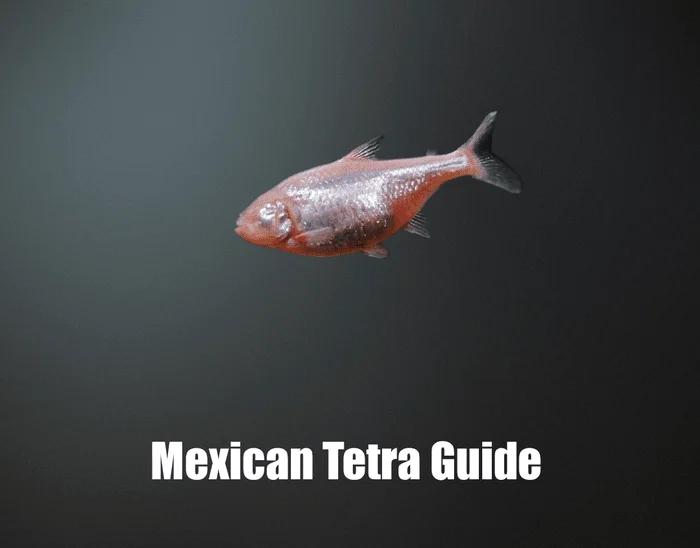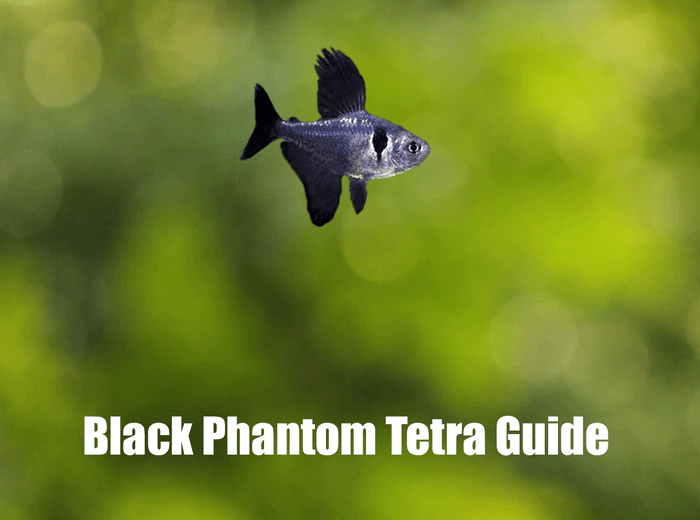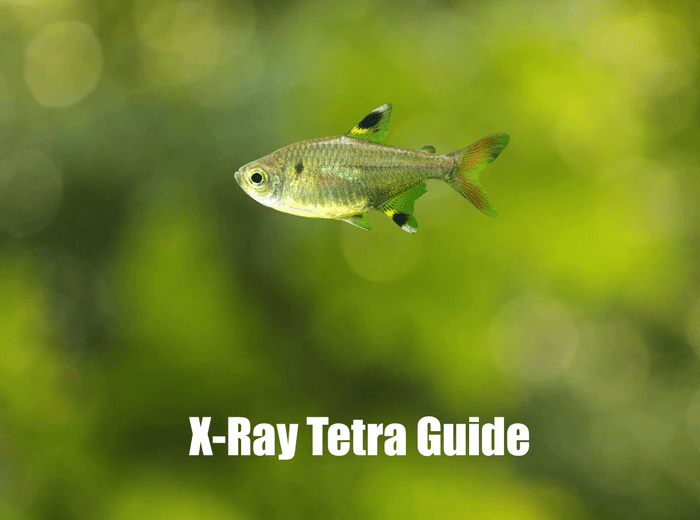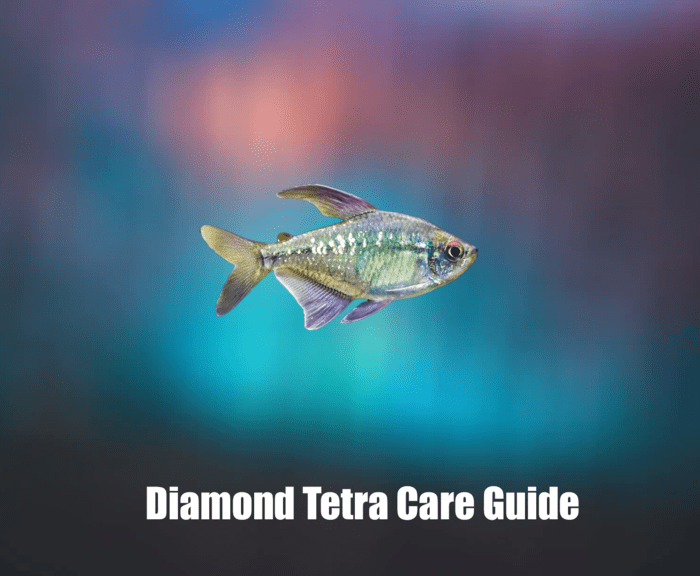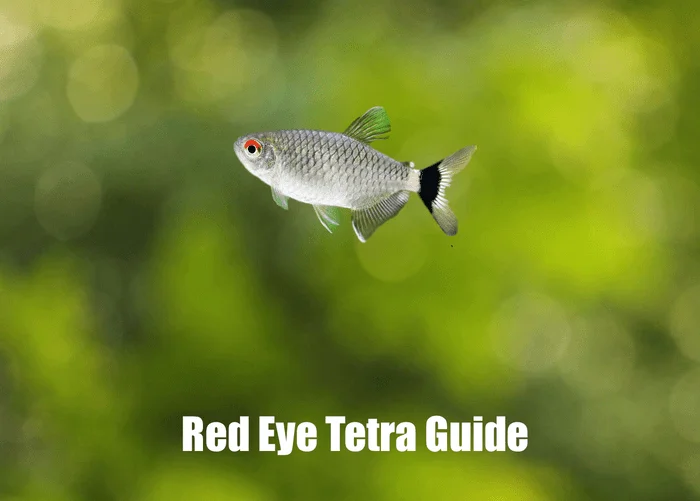Complete Care Guide for Mountain Crystal Tetra: Creating a Shimmering Aquarium
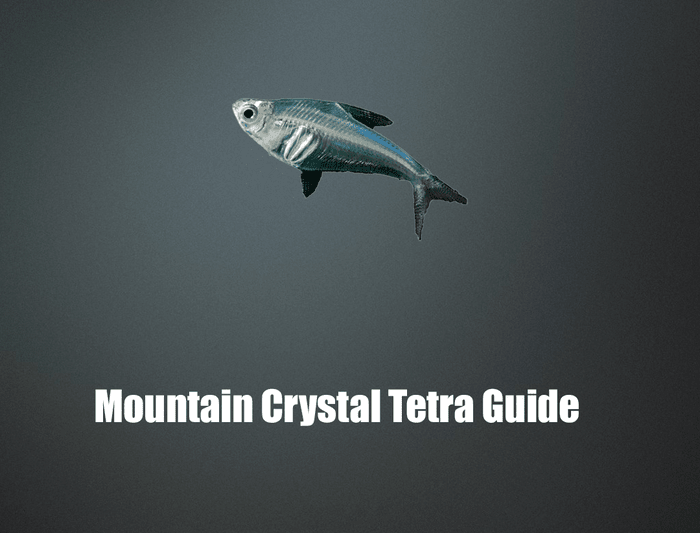
Introduction to Mountain Crystal Tetra
Exploring the Mountain Crystal Tetra for your aquarium or aiming to elevate their care? Delve into this comprehensive manual crafted for aquarists at any expertise level. The Mountain Crystal Tetra, scientifically labeled as Protocheirodon Pi, is esteemed for its dazzling hues and graceful fin displays, making it a captivating inclusion in freshwater setups. This guide is designed to provide you with all the essential information to foster the thriving health of your Mountain Crystal Tetra.
Understanding Mountain Crystal Tetra
Origin and Characteristics
The Mountain Crystal Tetra, hailing from the pristine and diverse aquatic environments of South America, particularly in Peru, within the Amazon Basin, presents a unique charm to the aquarium hobby. These diminutive fish, typically reaching up to 1.5 inches in length, are celebrated for their translucent bodies that shimmer with a crystalline quality, making them a captivating addition to any aquarium. A notable characteristic is their iridescent coloration that catches the light, creating a sparkling effect in the water. The Mountain Crystal Tetra may not have bold colors, but its subtle beauty lies in its clarity and the way its body reflects the aquarium lighting, which can range from soft blues to radiant greens depending on the angle of light.
During the breeding season, males become even more striking, with enhanced shimmering effects on their bodies and fins. These fish are valued not only for their beauty but also for their peaceful demeanor and adaptability to different aquarium conditions, thriving in well-oxygenated, slightly acidic to neutral pH waters. They are active and sociable swimmers, preferring to form shoals in the mid to upper sections of the tank, where they engage in gentle, playful interactions. This behavior contributes to the dynamic atmosphere of the aquarium, making the Mountain Crystal Tetra a delightful species for both novice and experienced aquarists.
Behavior and Tank Mates
Mountain Crystal Tetra are peaceful, schooling fish and should be kept in groups of at least six. They are ideal for community tanks with other peaceful, similarly sized fish. Their graceful swimming and non-aggressive nature make them a favored choice among aquarists. Some common and suitable tank mates for Mountain Crystal Tetra:
- Other Peaceful Tetras: Such as Neon or Cardinal Tetra.
- Dwarf Cichlids: Like Apistogrammas, which are also peaceful.
- Peaceful Barbs: Like Cherry Barbs.
- Dwarf Corydora: Peaceful bottom dwellers.
- Small Rasboras: Harmonize well in a community tank.
- It’s important to choose tank mates that are peaceful and won’t outcompete the Mountain Crystal Tetra for food
Remember, while choosing tank mates, consider factors like water parameters, size, temperament, and dietary needs to ensure a harmonious aquarium. Also, always introduce new fish gradually and monitor their interactions to ensure a peaceful environment. 🐠
Setting Up the Perfect Tank
Tank Size and Conditions
A 20-gallon tank or larger is recommended for a school of Emperor Tetra but they will benefit from some more swimming room. These Tetra thrive in specific water conditions that mimic their natural habitat. Additionally, maintaining ideal water parameters is the key to ensuring their health and well-being in a home aquarium. Here’s a breakdown of their ideal water conditions:
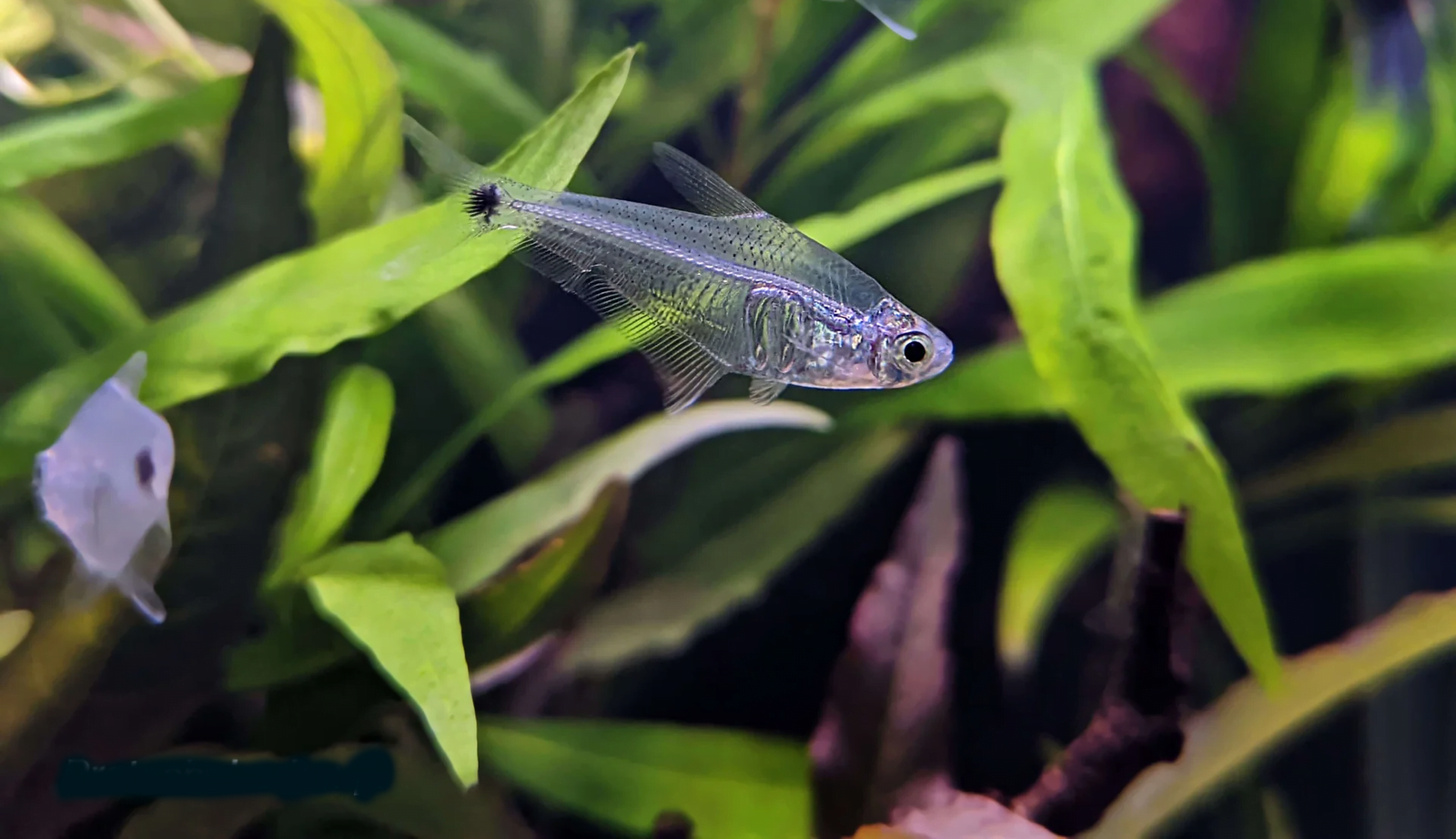
- Temperature: 74°F to 82°F (23°C to 28°C). This tropical temperature range helps in promoting their natural behavior and vibrant coloration.
- pH Level: 5.5 and 7.5, slightly acidic to neutral water conditions.
- Water Hardness: 2-12 dGH, indicating they prefer soft to moderately hard water
- Water Quality: Like most fish, Mountain Crystal Tetra require clean and well-oxygenated water. Regular water changes (about 25% per week) are recommended to maintain good water quality. It’s crucial to remove any chlorine or chloramine from tap water before adding it to the tank.
- Nitrate Levels: Keeping nitrate levels low is important, as high levels can be harmful. Aim to keep nitrates below 20 ppm.
- Ammonia and Nitrite Levels: Both ammonia and nitrite should always be at 0 ppm. Even small amounts of these can be toxic to fish.
It’s important to use a reliable aquarium test kit to regularly monitor these water parameters. Sudden changes in water conditions can stress or harm your fish, so any adjustments should be made gradually. Maintaining stable water conditions is key to the health and longevity of your Mountain Crystal Tetra. 🌊
Lighting and Decor
- Moderate Lighting: Mimic their natural, slightly shaded habitat with moderate lighting.
- Day/Night Cycle: Maintain a regular cycle, typically around 10-12 hours of light per day.
- Plants: Dense vegetation, including tall and floating plants, to provide hiding spaces and a natural environment.
- Substrate: A dark-colored substrate can enhance the natural colors of the fish.
- Hiding Places: Include driftwood, rocks, and caves for shelter.
- Open Swimming Space: Ensure ample free-swimming space to accommodate their active swimming behavior.
Diet and Nutrition
Feeding Habits
Mountain Crystal Tetra or Pi Tetra are omnivorous. Therefore, a balanced diet including high-quality flake foods, frozen or live brine shrimp, daphnia, and occasional vegetable supplements will keep them healthy.
Feeding Schedule
Feed Mountain Crystal Tetra or Pi Tetra small amounts once or twice a day, being careful not to overfeed.
Frequently Asked Questions
Mountain Crystal Tetra, Protocheirodon pi are small fish, typically reaching a size of about 0.8 to 1.5 inches (2 to 2.7 cm) in length
It is recommended to keep Mountain Crystal Tetra, Protocheirodon pi in groups of at least 6 to 10 individuals, as they are schooling fish and thrive in the company of their own kind. This not only helps in reducing stress but also encourages natural behavior, making the aquarium more vibrant and lively.
Mountain Crystal Tetra, Protocheirodon pi are not aggressive; they are peaceful fish that do well in community tanks with other species of similar size and temperament
Health and Wellness
Breeding Tips
Breeding Mountain Crystal Tetra can be a rewarding experience, but it requires a bit of preparation and understanding of their breeding behavior. Here are some tips to help you successfully breed Mountain Crystal Tetra:
- Breeding Tank: Set up a separate tank with soft, slightly acidic water (pH around 6.0-6.5) and a temperature of about 77°F (25°C). Dim lighting and fine-leaved plants or spawning mops are recommended.
- Identifying and Introducing Breeding Pairs: Choose healthy, mature fish (around 6-12 months old). The males are typically brighter and have slightly longer fins. Introduce them into the breeding tank, ideally one male to every two females.
- Condition the Breeders: Feed them high-quality live or frozen foods to encourage spawning.
- Spawning Process: Introduce a well-conditioned pair or small group. Spawning usually occurs in the morning.
- Post-Spawning Care: Remove the adults post-spawning to prevent egg predation. The eggs typically hatch in about 24-36hrs.
- Rearing Fry: Start with infusoria or liquid fry food, then graduate to baby brine shrimp as they grow.
Remember, patience is key when breeding fish. It might take a few attempts before you see success. Keep a close eye on the water parameters and the health of both the adult fish and the fry to ensure a successful breeding experience. Good luck!
Common Health Concerns
Mountain Crystal Tetra or Protocheirodon pi, though a hardy species, is not exempt from the typical health issues faced by many small freshwater fish, including parasitic infections such as ich (white spot disease) and various fungal infections. These health challenges can be especially concerning for Protocheirodon pi, given their unique appearance and rarity in the aquarium hobby. To safeguard their health, it is crucial to maintain optimal tank conditions. This involves conducting regular water changes, ensuring stable water parameters (pH, temperature, and hardness), and providing a well-balanced diet to enhance their immune system. Additionally, considering their natural habitat in the Amazon Basin, simulating slightly acidic water conditions can be beneficial for replicating their native environment.
Monitoring the aquarium for any signs of stress or illness in Protocheirodon pi is essential for their care. Prompt detection and treatment of any health issues are critical to prevent minor problems from becoming severe. A clean, stable aquatic environment, along with a keen understanding of Protocheirodon pi’s specific care requirements, is fundamental to their well-being. By focusing on effective aquarium management and paying close attention to the needs of Protocheirodon pi, aquarists can ensure these distinctive fish not only survive but thrive in captivity. Learning more about their care and the prevention of common diseases is key to enjoying the unique beauty and behavior of Protocheirodon pi in your aquarium.
Life Expectancy
With proper care, Mountain Crystal Tetras can live up to 5 years. Regular monitoring and maintenance of the tank environment are key to their longevity
Mountain Crystal Tetra Wrap Up
In conclusion, Mountain Crystal Tetra or Protocheirodon Pi add a distinctive flair and intrigue to any freshwater aquarium. By adhering to the guidelines presented in this detailed care guide, you can create a thriving habitat that meets the specific requirements of your Protocheirodon pi. These fish, with their unique appearance and rarity, not only elevate the aesthetic value of your tank but also enrich its biodiversity. The foundation of a healthy and vibrant aquarium is rooted in providing a stable and conducive environment. By catering to the Protocheirodon pi with appropriate water conditions, a nutritious diet, and consistent care, you’ll ensure that these remarkable fish continue to flourish. Their presence in your aquarium will bring a sense of wonder and fascination, highlighting the diversity and beauty of aquatic life. Remember, successful fishkeeping is about understanding and meeting the needs of your aquatic inhabitants, allowing them to showcase their natural behaviors and beauty.
Share Your Tetra Experiences
Do you have any stories or tips about your Tetra tank? Share them in the comments below!
Help Others Discover This Guide
Navigate the Tetra in your tank with confidence. This guide is your pathway to creating a vibrant and healthy aquatic showcase. Enjoy the dazzling colors and lively nature of these unique fish!

